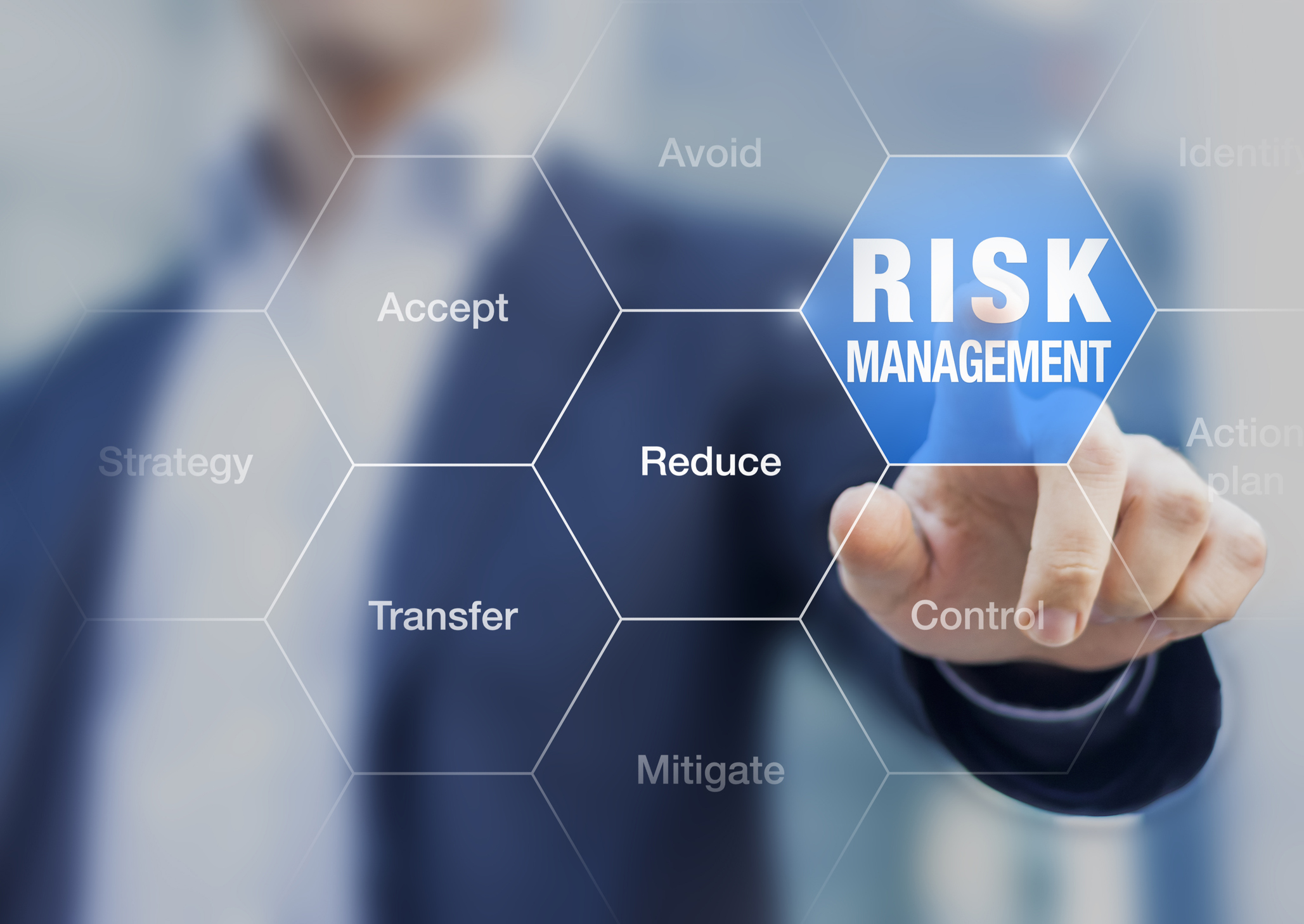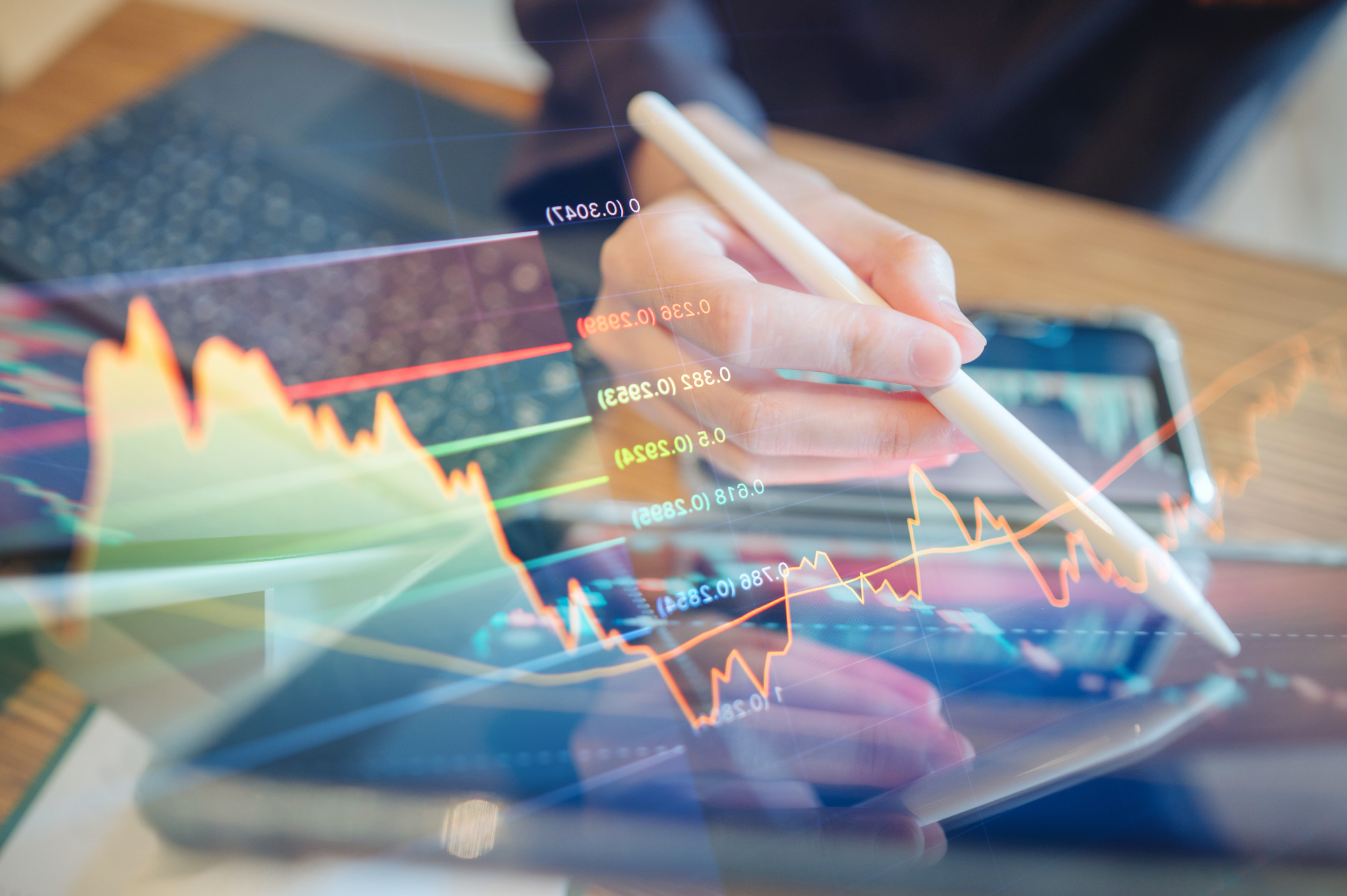Expectancy in trading tells you the average dollar outcome per trade, showing if your strategy has a real, sustainable edge. You calculate it as: (win rate × average win) − (loss rate × average loss), after costs. This links your win rate, risk-reward ratio, and trade frequency into one metric, exposing weak systems with high wins but poor payouts, and confirming resilient ones, so next you can see how to apply it to refine entries, exits, and position sizing.
What Expectancy Really Measures in Your Trading
When traders talk about expectancy, they’re describing the average amount you can expect to win or lose per trade over a large series of trades, based on your system’s actual statistics, not wishful thinking.
You use expectancy to see whether your method produces a positive edge, meaning you’re likely to grow your account if you apply it consistently.
It measures how well your win rate and your average win size work together against your loss rate and average loss size, revealing if your risk and reward are aligned.
Expectancy also exposes misleading comfort in high win rates with small profits, or low win rates with rare but oversized gains, helping you judge whether your approach remains resilient across changing conditions.
Breaking Down the Expectancy Formula Step by Step
To use expectancy as more than a vague idea about your edge, you need to understand its formula step by step and see exactly how each part reflects your trading results.
Start with the structure: Expectancy equals average gain from winning trades minus average loss from losing trades.
First, determine your win probability, the number of winning trades divided by total trades.
Next, calculate your loss probability the same way.
Then, find your average win, the mean profit per winning trade, and your average loss, the mean loss per losing trade.
Multiply win probability by average win, multiply loss probability by average loss, then subtract.
The result shows your expected profit or loss per trade.
How Win Rate, Risk-Reward, and Frequency Work Together
You strengthen your expectancy when you balance your win rate (percentage of profitable trades) with a suitable risk-reward ratio (average profit size relative to average loss size), ensuring that even modest accuracy can produce consistent gains.
You then refine this edge by adjusting trade frequency, only taking setups that match your criteria so you compound your statistical advantage instead of generating random, low-quality trades.
Together, these three elements form a unified structure that helps you choose position sizes, define entry and exit rules, and maintain a sustainable, rules-based trading plan.
Balancing Win Rate Ratios
Why do some traders with modest win rates still grow their accounts consistently, while others with high win rates barely break even or lose money? You must balance three variables: win rate, risk-reward ratio, and consistency. Your win rate is the percentage of profitable trades. The risk-reward ratio compares average loss per trade to average gain per trade, for example, risking $100 to make $300 is 1:3.
You can profit with a 40% win rate if your winners are clearly larger than your losers. However, you’ll struggle even with 70% wins if your losses erase many gains.
To evaluate your balance, track average win size, average loss size, and win rate together, then adjust position sizing and stop placement accordingly.
Optimizing Trade Frequency Dynamics
Although most traders fixate on finding a perfect setup or elevating their win rate, the real performance edge often comes from aligning how often you trade with your risk-reward profile and expectancy.
You calculate expectancy by combining win rate, average win, and average loss, then multiply this edge by trade frequency to project outcomes.
A high-expectancy system traded rarely may underperform a modest system traded efficiently.
If you aim for small gains with high win rate, you generally need higher frequency, while larger risk-reward structures can succeed with fewer, selective trades.
Avoid overtrading, which dilutes edge through slippage and errors, and undertrading, which underutilizes it.
Test frequencies, track results, then adjust until expectancy and rhythm match.
Using Expectancy to Evaluate and Compare Trading Systems
Effectively comparing trading systems starts with a single question: which approach delivers the most reliable performance per trade, not just the highest occasional gain. You use expectancy—average profit or loss per trade—to standardize results across markets, timeframes, and methods. First, calculate each system’s expectancy, then examine how consistently it reproduces that edge across meaningful samples.
- Quantify expectancy using historical trades, ensuring you include all wins, losses, and costs like slippage and commissions.
- Compare systems on expectancy per trade, not raw profit, so you see which model truly scales.
- Examine win rate and average win/average loss to understand how each system generates its expectancy.
- Analyze expectancy stability over different market conditions to identify resilient, adaptable systems.
Position Sizing and Risk Management Through Expectancy
You now use expectancy to decide your optimal risk per trade, so each position exposes only a controlled, predefined fraction of your capital.
By linking your system’s expectancy (average profit or loss per trade) to position size, you guarantee larger bets align with statistically favorable edges and smaller bets limit exposure when the edge is weaker.
As your win rate, defined as the percentage of trades that end profitably, rises or falls, you adjust position size and risk limits so your account remains protected while you still capture your system’s expected gains.
Optimal Risk Per Trade
Why does the same strategy make one trader consistently profitable while another blows up using identical entries and exits? You manage risk per trade differently.
Optimal risk per trade aligns your expectancy (average profit per trade) with your tolerance for drawdown and your account size, so you survive losing streaks without shrinking gains to insignificance.
Instead of guessing, you define a fixed percentage of equity to risk on each position, usually between 0.25% and 2%.
- Measure expectancy: average(R-multiples) across many trades.
- Estimate realistic losing streaks from your system’s win rate.
- Choose a risk percentage that endures that streak without breaching your maximum drawdown.
- Adjust risk only after significant equity changes, avoiding emotional over-sizing.
Position Size via Expectancy
How can expectancy guide the exact number of shares or contracts you trade so each position reflects both edge and risk tolerance rather than guesswork?
Start by defining expectancy as the average amount you expect to win or lose per unit risked over many trades.
If your expectancy is positive, you scale position size so that a single loss equals your chosen risk-per-trade, such as 1% of equity, never more.
Calculate position size with a simple formula: position size = (account risk per trade) ÷ (entry price – stop price).
Expectancy validates that risking this amount aligns with your historical edge, so you avoid oversized bets on weak systems and undersized exposure on resilient ones, keeping your risk mathematically consistent.
Adjusting for Win Rate
Although expectancy tells you whether your strategy has a positive edge, win rate determines how that edge actually feels in real trading and directly shapes how large you can size positions without breaking your risk limits.
You must align position size with both expectancy and win probability, or you’ll expose your account to damaging drawdowns.
- Use smaller position sizes for low win-rate, high payoff systems, since sequences of losses are statistically likely and stress margin.
- Size more confidently with higher win rates, while still capping risk per trade at 0.5–2% of equity.
- Incorporate maximum expected losing streaks, then backward-calculate safe position sizes.
- Recalculate expectancy and win rate monthly, and adjust sizing rules whenever strategy behavior, volatility, or execution quality changes.
Common Misconceptions and Pitfalls When Applying Expectancy
Surprisingly often, traders misuse expectancy by treating it as a fixed “edge number” instead of a dynamic metric that depends on sample size, market conditions, execution quality, and emotional discipline. You might calculate expectancy from a tiny set of trades, then assume it’s statistically reliable, even though a small sample exaggerates lucky streaks.
You may also ignore slippage, commissions, and partial fills, so your theoretical expectancy exceeds your realized results.
Another pitfall is averaging all trades together, mixing different setups and timeframes, which hides which ideas work.
Many traders chase higher win rates, widening stops or cutting winners, while expectancy actually depends on the balance between win rate and average reward-to-risk per trade.
Building a Data-Driven Edge Using Expectancy Over Time
Over time, expectancy becomes the quantitative backbone of a true trading edge, but only if you treat it as a living statistic that evolves with your data.
You measure the average dollar outcome per trade, then refine rules as conditions shift.
To build a durable edge, you systematically track setups, sample sizes, and market regimes, then respond to what expectancy reveals, not what you hope.
- Define each setup precisely, log entry, exit, size, environment, and outcomes, then calculate expectancy per setup.
- Segment results by volatility, time of day, and instrument to reveal conditional strengths and weaknesses.
- Remove or reduce setups with persistent negative expectancy across meaningful samples.
- Continuously recalibrate position sizing to align with updated expectancy and risk constraints.
Conclusion
You now understand expectancy as your average profit or loss per trade, based on win rate, risk-reward ratio, and trade frequency. Use it to compare systems objectively, refine entries and exits, and align position size with defined risk per trade. Track results in a journal, calculate expectancy regularly, and drop negative-expectancy methods. By treating expectancy as a performance metric, you’ll replace guesswork with evidence and build a durable, data-driven trading edge.

